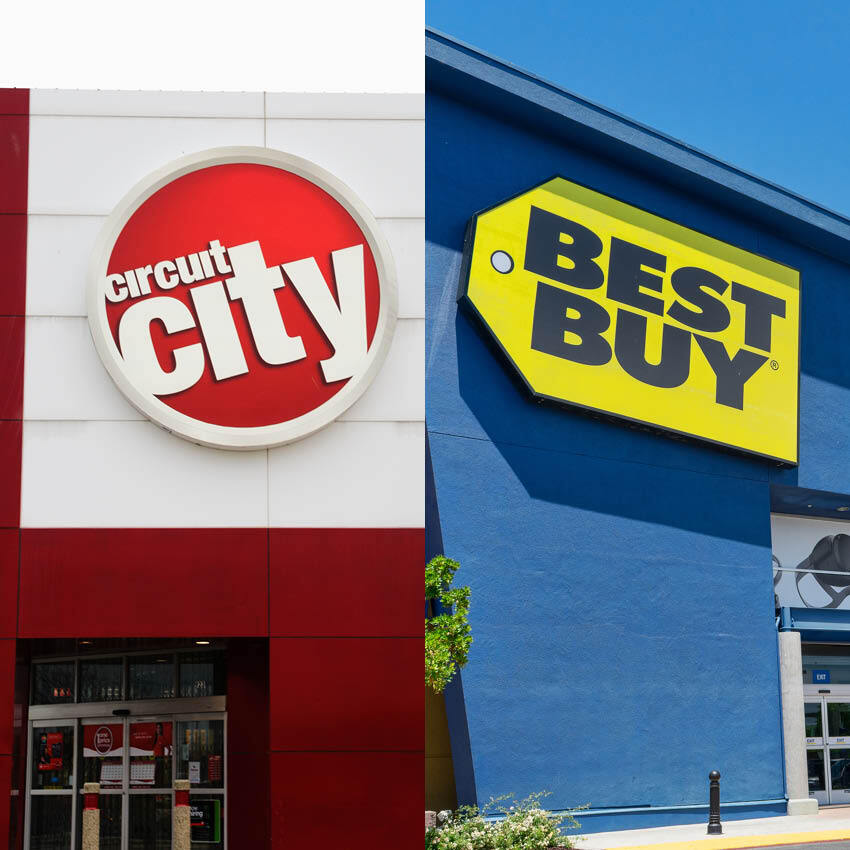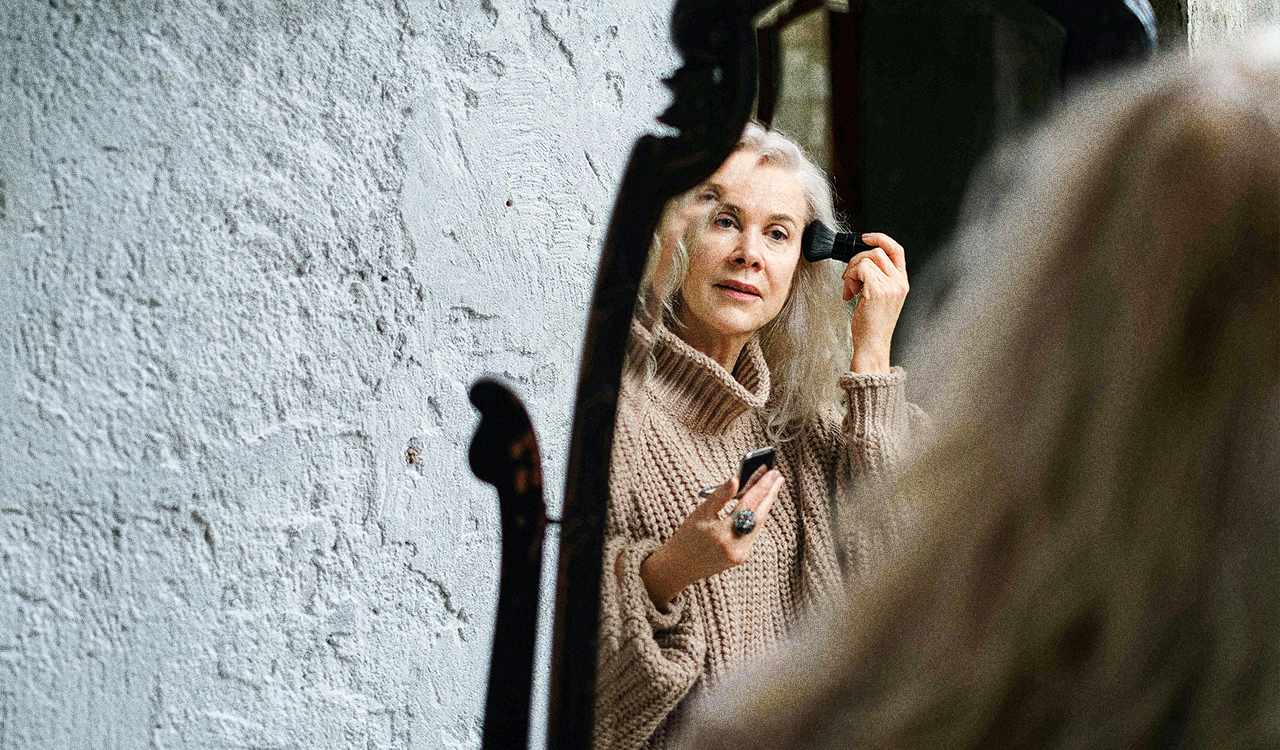How ironic it would be if the same decisions that drove Circuit City into extinction ultimately will do the same to Best Buy? Circuit City was a poster child for customer service, until it wasn’t. They cut costs by minimalizing full-time, well-trained associates and mixed in more part-time workers (of course there were other reasons as well). When Hubert Joly took the helm of a very shaky Best Buy in 2012, he did just the opposite to turn BB around. Flanked by three fierce competitors, Walmart, Target, and Amazon, all offering convenience and low prices, one of his biggest strategic bets was to offer over-the-top customer service. And not just service, but highly trained specialists in each of the many product categories, “educators” so to speak. Think Apple stores, the most productive retailer in the world at about $6000 a square-foot.
Joly’s Vision
So, what Joly did — brilliant common sense as I call it — was to focus on the consumer to the extent that the in-store engagement (i.e., personalization) would entice the consumer to buy more and to revisit the store more often, just like Apple. What part of this strategy is there not to like?
[callout]You can\’t have good customer service when you barely have any customer service reps. It’s a self-fulfilling prophecy when people won\’t want to shop with BB because that experience is as miserable as possible.[/callout]
This was a huge turnaround strategy. Yes, other shifts contributed, but this was the most profound. It took about four years, but then in 2018 business took off. Joly was quoted at an NRF conference, “The essence of the turnaround was a very human-centric turnaround. Listen to the front line. They had all the answers.” So, instead of cutting costs and closing stores, he said, “Don’t start with firing people, start with growing the top line.” And did they ever, bottom line as well.
Joly even authored a book, The Heart of Business, in which he devotes an entire chapter on his philosophy. Perhaps surprisingly, arch competitor, Amazon’s CEO Jeff Bezos contributed the following endorsement to the book’s back cover: \”Best Buy\’s turnaround under Hubert Joly\’s leadership was remarkable—a case study that should and will be taught in business schools around the world. Bold and thoughtful—he has a lot to teach.\”
Enter New CEO, Corie Barry
After Hubert Joly retired, Corie Barry took the helm in 2019, having previously served as Chief Financial and Strategic Transformation Officer for BB. So, in an unexpected turn of events, Ms. Barry had to navigate BB through an unprecedented worldwide pandemic. Even so, while closing doors and hunkering down, she had the good fortune to sail through it with sales and profits up.
Comp-store sales grew 37.2 percent in Q1 of 2021. Top-line sales grew more than 27 percent against 2019 sales. Driven by consumers’ focus on homes funded by government stimulus, etc., and fewer expenditures on services, restaurants and entertainment, BB benefited greatly.
If It Ain’t Broke, Don’t Fix It
How often have we been taught to take this axiom seriously? However, there is an alternative view in this transformative technology era: If it isn’t broke, fix it anyway. Maybe that’s Ms. Barry’s philosophy with her decision to begin cutting costs and making staff cuts — the opposite of Joly’s approach. Those cuts are part of the plan to remix full-time and part-time workers and train them to be generalists, capable of educating across all product categories (jack of all trades, masters of none?). This sounds a lot like Circuit City as their reduction in high-level service, which was their signature competitive advantage, presaged their fall. Other than raising the bottom line, which Barry would be inclined to do given her previous financial role, and even though BB is doing incredibly well in this still very tough retail environment, what is the strategic advantage here?
And it really raises eyebrows when the retail industry is scrambling to hire some 500,000 workers to serve Holiday shoppers. The good news for those BB workers who were fired is that they will be in great demand elsewhere, where retailers realize now more than ever, that personal engagement and customer service is paramount. Demand is at an all-time high and supply will be scarce at best and non-existent at its worst, so, personalized service is even more critical to keep customers happy.
BB Workforce Woes
Retail Dive did some great investigative reporting among current and former BB employees. Several said they already struggled with understaffing at their stores. Now with cuts to full-time staff this year, they have lost knowledgeable co-workers and are feeling more squeezed than ever.
So, fewer staff members will have to be retrained as generalists and deal with the stress of delivering good service with fewer resources. This of course, does not happen overnight. While they are learning how to be expert generalists, they must continue to sell to and assist customers in purchasing products that can be complex, confusing, and intimidating for customers to understand. It’s like a plane trying to replace its engine while still in flight.
Redux Circuit City
Through the cuts and operational shakeups, Best Buy may be compromising one of the primary competitive advantages it has: its stores and customer service. Best Buy laid off about 5,000 employees, a majority of whom were full-time, and has plans to replace less than half of those positions with part-timers. This is on top of a 17 percent decline in employee numbers during 2020. According to Barry, the cuts \”position us to be more responsive and flexible as we continue to refine our operating model going forward in response to the incredibly rapid change and how customers want to shop with us.\” More “responsive and flexible?” And “how consumers want to shop with us?” If seems to me that consumers have been very satisfied with shopping at BB the way it was, confirmed by the financial performance.
Furthermore, since sales are growing (good news) and sales staff is dwindling (bad news), how can the reduced sales staff keep up with the extra workflow? Employees who spoke with Retail Dive said their stores have frequently struggled to keep up with customer service demands, and they have encountered or observed irate customers who can\’t find any help on the sales floor.
Barry explained to analysts in February, the company is asking its workers to \”flexibly work across all our channels\” and to take on more areas of knowledge.
But That’s not All
According to Retail Dive, Best Buy has also been testing a new store format with less staff, and queues for customers who have questions for employees. \”Our goal is to retain customers and improve customer satisfaction, while reducing selling square footage, improving speed and convenience and operating a more efficient model,\” Barry said in May of the pilots.
I guess Ms. Barry believes that making customers wait in line to ask questions of the employees will improve customer satisfaction. What part of this do I not get? Answer: All of it. Barry went on to say, \”We will continue to refine and iterate to learn and evolve our hypothesis.\” If this doesn’t sound like a great line for an analyst meeting, I don’t know what does. Refine, iterate, and evolve. It seems to me that what she inherited was a customer obsessed model that was doing just fine.
Other employees told Retail Dive that the recent cuts, tasks, and restructurings at the company have added to the challenges of their job — and that comes after a harrowing year defined and endangered by the pandemic. One former employee said that customer service in electronics may matter more than for others. \”Best Buy was a good place for people to come and get demos and [talk to] specialists. There\’s something about Best Buy. With most people, their expectations are different than walking into any other big department store. You can\’t have good customer service when you barely have any customer service reps.” Another employee said, \”It seems like a self-fulfilling prophecy that people won\’t want to shop with us because they\’re making that experience as miserable as possible.\”
Betting on the Future?
Barry believes there will be a permanent shift to digital buying, accelerated by the pandemic. She said in February that the company needs to \”invest in our future as we proactively evolve all the channels of our business to deliver amazing customer experiences in a world where half of the revenue might be initiated online.\”
While I also believe there is a permanent major shift to digital buying, accelerated by the pandemic, even if Barry believes as much as 50 percent of their business will be online, the kind of superior customer service built by her predecessor, Hubert Joly, simply cannot be implemented online. And at the end of the day, the physical stores provide both personal engagement and a valuable educational experience with experts, plus they are pick-up and delivery hubs.
The turnaround of Best Buy led by Hubert Joly amazed the entire industry. He was able to create a sustainable advantage among competitors both digital and physical. And his brilliance, which may have been just common sense as brilliance often is, was envisioning the future well before Corie Barry took the helm. His brilliance is defined by recognizing that the sales associates are the most important final link in the entire value chain. And their engagement with the customer can make or break a sale. His brilliance was also reflected in treating the workforce as experts, making them feel valued and essential, not stressed out and feeling dispensable.
Hubert Joly understood this. Let’s see what unfolds with this new strategic direction and hope it is not Circuit City déjà vu.




